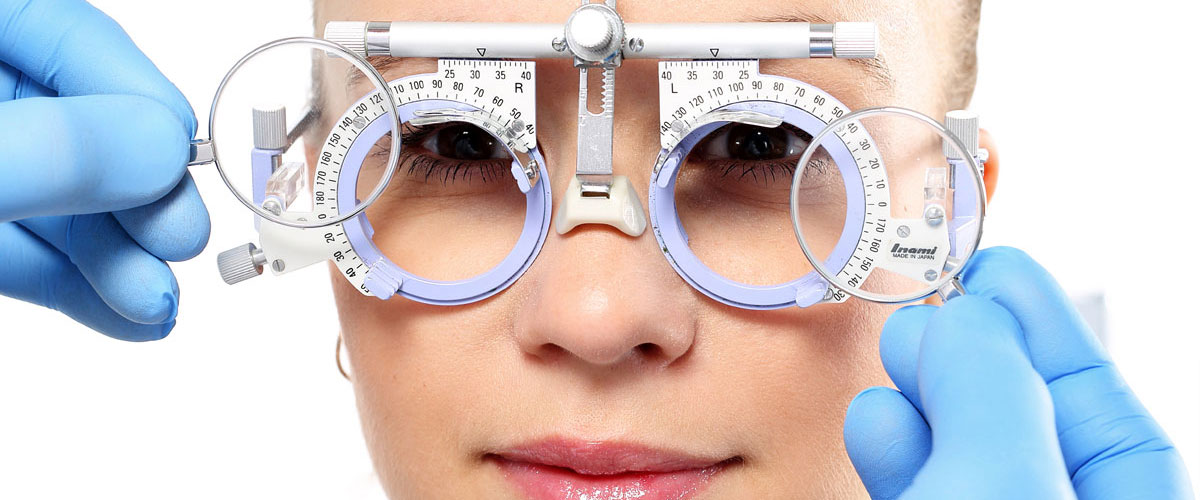Orthoptics for adults

Fusional vergence dysfunction
The appearance of disorders such as asthenopia (eye strain), headaches, difficulty in concentrating when reading or using the PC often hides a fusional vergence dysfunction.
Some patients are structurally prone to such disorders, particularly those with high refractive errors, with anisometropia, with motor disorders, those who are constantly using the PC and patients who are under stress.
These patients have difficulty in passing quickly from long-distance vision (parallel visual axes) to short-distance vision (converging visual axes).
Orthoptic treatment aims at improving the elasticity of the binocular vision, leading to greater efficiency in passing from long-distance to short-distance vision.
It involves a series of re-educational exercises that the patient must learn in our practice while guided by the orthoptist.
During these sessions, the patient is taught how to carry out maintenance treatment at home.
Ocular Paralysis (Paralytic Strabismus)
The sudden appearance of an ocular disorder in an adult means that one or more oculomotor muscles is not working correctly.
It is greatly upsetting for a patient to experiencing diplopia (double vision) in some eye positions.
Diplopia makes any activity difficult: driving, reading, going about one’s normal everyday life.
The cause of paralytic strabismus is often linked to circulatory (hypertension,...) or metabolic (diabetes) factors, or to orbital or cerebral expansive lesions.
IT IS EXPREMELY URGENT FOR A PATIENT SHOWING SUCH SYMPTOMS TO BE EXAMINED IMMEDIATELY, so as to be able to take immediate action on a general level treating the systemic triggering factor, as well as to promptly alleviate the serious indisposition caused by diplopia and avoid any sensory complications.


